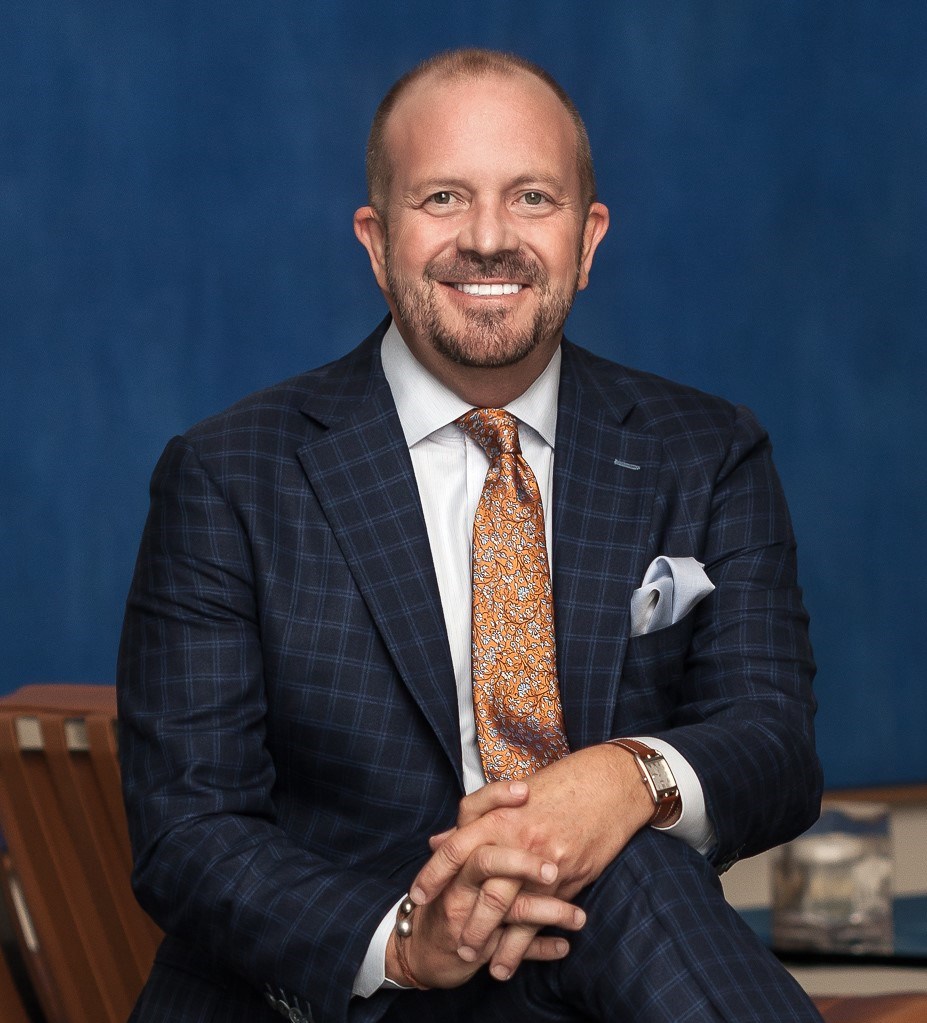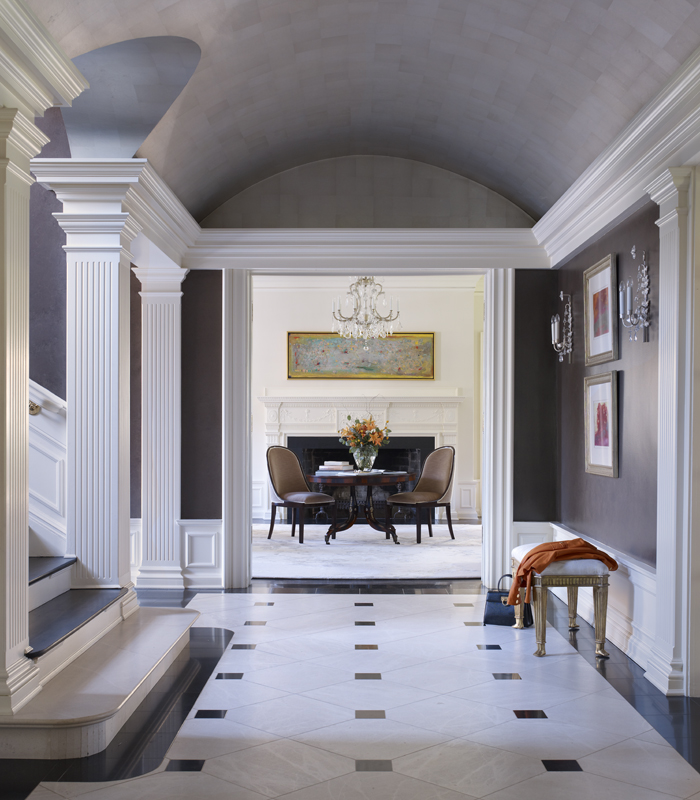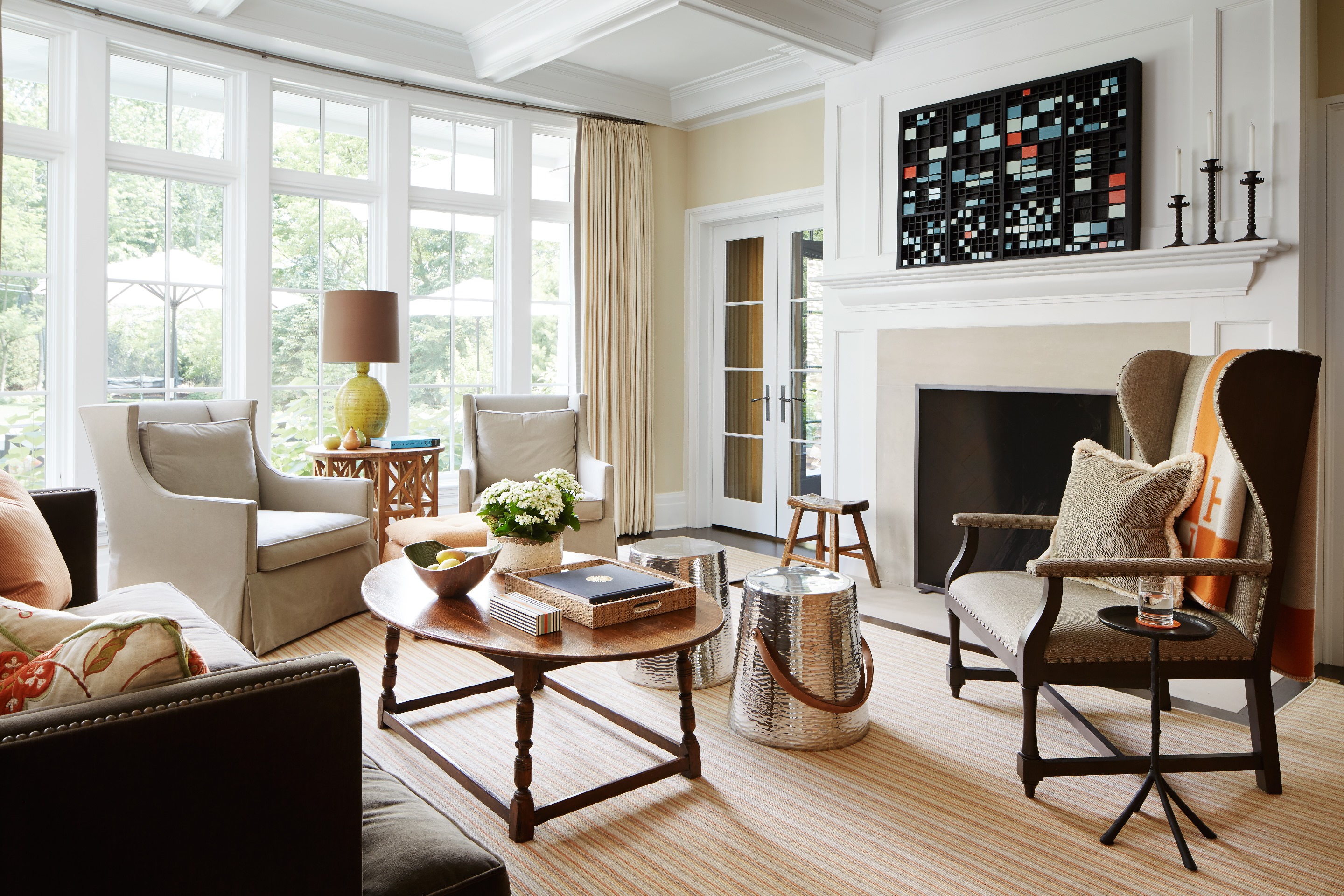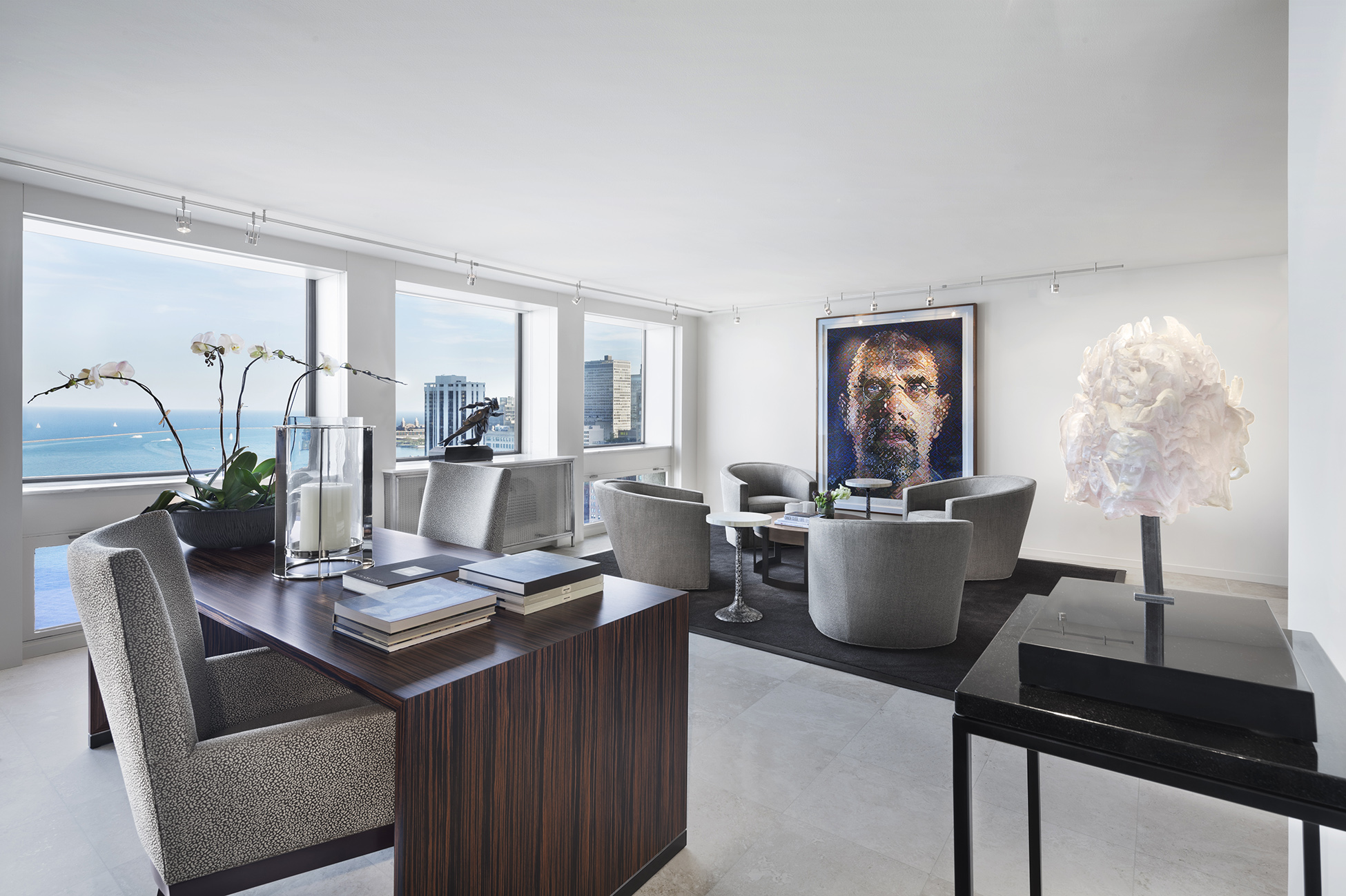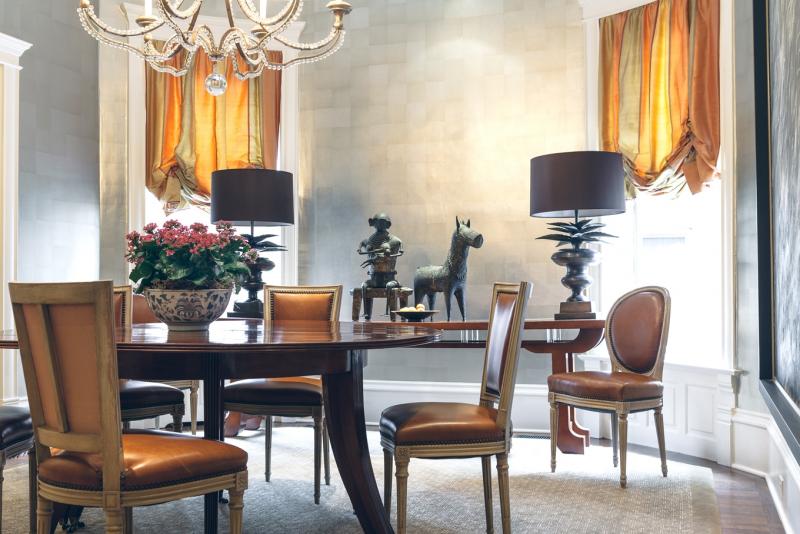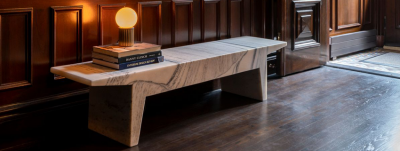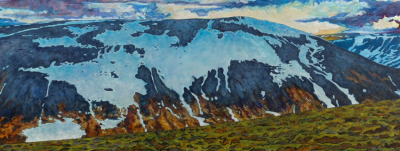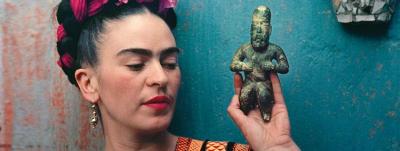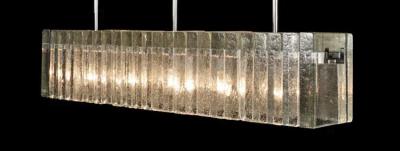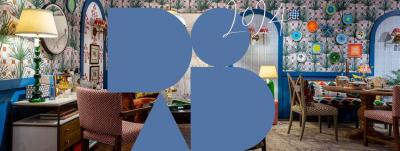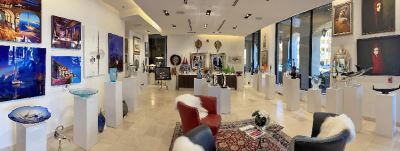The Tastemakers: A Conversation with Interior Designer Tom Stringer
Tom Stringer has been obsessed with design for as long as he can remember. A graduate of the College of Architecture and Environmental Design at Arizona State University, Stringer worked for a number of venerable designers, including Charles Pfister and Alessandra Branca, before founding his own Chicago-based firm, Tom Stringer Design Partners, in 1996.
A self-proclaimed classicist, Stringer excels at creating interiors that are sophisticated, richly layered, and above all, reflective of his clients’ passions and tastes. An avid globetrotter and collector of ethnographic art, his worldly nature plays a considerable role in informing his polished yet relaxed aesthetic.
We caught up with Tom to discuss his favorite part of working with clients, his love of shark diving, and much more.
InCollect: Can you walk me through your path to becoming an interior designer?
Tom Stringer: I’ve been design driven since my earliest recollection. I started urban planning projects in sandboxes with Hot Wheels and Legos, which I used to to create the buildings. From there, I graduated to my brother’s HO train set and later co-opted my sister’s doll house. I wired it with electricity and used contact paper to make wallpaper. Then, I moved on to real rooms. I remember being kicked out of friends’ houses for rearranging the furniture while their mothers were away. In school, I would spend my days drawing houses on graph paper and designing the gardens, the sprinkler systems, the lighting. I went to the College of Architecture and Design at Arizona State University and, while I was there, I started working for the designer Nancy Kitchell; I dropped out of school to work full time. I went back to school six or seven years later, which, in hindsight, was really a great thing. By that time, I really related to other designers and to my professors as peers rather than demagogues. After school I designed furniture for Charles Pfister in San Francisco. I loved doing product design—it’s on a different scale than designing interiors and I still love to do it today. I established my own firm twenty years ago. At the time, I was working as the Creative Director for Alessandra Branca’s firm [Branca, Inc.] in Chicago.
InCollect: Can you tell me a bit about your studio?
TS: We do interior architecture and interior design. I took on my first business partner last fall—our Design Director John Cialone. I maintain the first position for client relations and design direction, but John is an amazing operations guy. He is a very talented designer, but he is also very talented at getting things done. I think every designer needs someone like that working beside them. It’s a great partnership and and we don’t view ourselves as having the same job—it’s more like two halfs of a whole. We have a staff of about sixteen, which is a great place to be. There’s enough of me to go around so that I can get to know my clients and know a project from start to finish. At this point, we have a lot of longtime clients. I’m actually starting a project for the clients that essentially started my business. It’s my fifth project for this client in particular and my twelfth for the family.
InCollect: Are there any design movements, periods, etc. that you are particularly fond of or find yourself returning to again and again?
TS: Personally, I’m a classicist. I collect ethnographic art, especially African and Oceanic art, and I’m a firm believer that opposites attract. I love African art combined with French and Italian Neoclassical furniture—I love the rustic and refined colliding in a significant way. I also personally love using contemporary furniture as a neutral foil. But, I prefer what I do for myself to be personal and what I do for my clients to be client-centered. I approach every project as an individual.
InCollect: Who are some of your favorite designers (past and present)?
TS: Albert Hadley for his sense of restraint and his ability to mix the high and the low, the rustic and the refined. And Billy Baldwin, who I admire for the same reason.
InCollect: What is your favorite room to design? What about that room appeals to you?
TS: I love living rooms and dining rooms. Living rooms because they are perfect repositories for collections and they are the place in which you really tell the story of a client's life through their objects and artwork. We have had the great luxury of working with clients who are passionate collectors. I enjoy dining rooms because there is a kind of theater and performance going on there. It’s about public interaction and there’s an opportunity and demand for drama. They’re different, but both compelling rooms to play with.
InCollect: What is your favorite part of working with a client on a project?
TS: It’s really getting to know the clients. The reason why our work is really centered in residential practice is because of the clients. We do some hospitality and commercial work, but I really love working with private clients and I find them endlessly fascinating. I enjoy the demands that a client places on a project. Design is about problem solving and the more demanding the problem, the more interesting the road to a solution is.
InCollect: What is something our readers might not know about you (i.e., a secret hobby, passion or interest)?
TS: Everything I do is centered around water. I’m a passionate diver and sailor. I’ve done close to 600 dives around the world, a lot of which has been shark diving. Sharks are some of the most amazing creatures on the planet. I find that activity really richly rewarding and beautiful and inspiring. It takes me places that I otherwise would never go. It enriches my soul to be out in the wild blue water.
InCollect: What are the greatest lessons you have learned over the course of your career? What advice would you give to designers who are just starting out?
TS: You really have to remember that design is creative problem solving and that if you think great design is solely about visual results, then you’re missing three-quarters of the equation. Doing something that is stunningly beautiful is just part of the job—most of the job is addressing human needs, ranging from psychological to functional. Great designers are great psychologists and great problem solvers—it goes hand in hand. You can’t be successful in this industry without understanding human nature, how to motivate people, and how to interpret human desire.
InCollect: What’s the best compliment you’ve ever received from a client?
TS: Tears of joy are great! But really, when a client returns. Half of the projects we’re working on right now are for returning clients and that's truly the best compliment.















